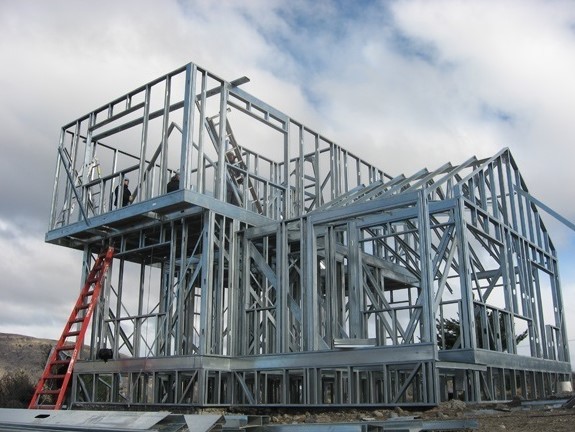
Steel framing has become a popular choice in modern construction due to its durability, strength, and sustainability. However, choosing the right steel framing for your project is crucial to ensure structural integrity, cost-effectiveness, and long-term performance. In this article, we’ll discuss 10 essential tips to help you make informed decisions when selecting steel framing for your construction needs.
1. Understand Your Project Requirements
Before choosing steel framing, assess your project’s specific requirements such as building size, design complexity, load-bearing capacity, and environmental factors. Different steel framing systems and materials may be suitable for residential homes, commercial buildings, or industrial structures based on these considerations.
2. Consult with Structural Engineers
Engage with experienced structural engineers or architects early in the planning stages. They can provide valuable insights into the optimal steel framing design, size, and specifications based on your project’s requirements and local building codes.
3. Evaluate Steel Grades and Coatings
Consider the quality and durability of the steel. High-strength steel grades such as ASTM A992 or A500 offer superior load-bearing capabilities and structural performance. Additionally, inquire about corrosion-resistant coatings like galvanized steel or protective coatings for enhanced longevity, especially in humid or corrosive environments.
4. Choose the Right Framing System
Select the appropriate framing system based on your project’s needs. Options include light-gauge steel framing for residential and low-rise buildings, and heavy-gauge steel framing for larger structures or high-rise buildings. Each system has unique characteristics in terms of strength, flexibility, and installation methods.
5. Consider Thermal Performance
Evaluate the thermal properties of steel framing, especially in terms of insulation and energy efficiency. Opt for framing systems that allow for easy integration of insulation materials to meet thermal performance standards and reduce heating or cooling costs in the long run.
6. Verify Code Compliance
Ensure that the chosen steel framing system complies with local building codes, regulations, and seismic requirements. Work closely with professionals who are knowledgeable about structural codes to avoid compliance issues during inspections and approvals.
7. Review Manufacturer’s Reputation and Warranty
Choose reputable steel framing manufacturers known for quality products and reliable customer support. Check for certifications, industry standards compliance, and warranty offerings to safeguard your investment and ensure product reliability.
8. Plan for Expansion and Modifications
Anticipate future changes or expansions in your building design. Select steel framing systems that allow for easy modifications, additions, or renovations without compromising structural integrity or requiring extensive retrofitting.
9. Consider Environmental Impact
Opt for sustainable steel framing materials and practices to minimise environmental impact. Choose recycled steel content or seek suppliers with eco-friendly manufacturing processes. Additionally, explore options for end-of-life recycling or repurposing of steel materials to reduce waste.
10. Evaluate Cost vs. Value
Finally, weigh the upfront costs of steel framing against its long-term value and benefits. While initial investments may be higher than traditional materials, the durability, longevity, and low maintenance requirements of steel framing can lead to cost savings over the building’s lifespan.
By following these 10 tips, you can navigate the process of choosing the right steel framing for your construction project with confidence. From understanding project requirements to considering environmental impact and evaluating cost-effectiveness, informed decisions at every stage ensure a successful and durable steel-framed structure tailored to your needs.
